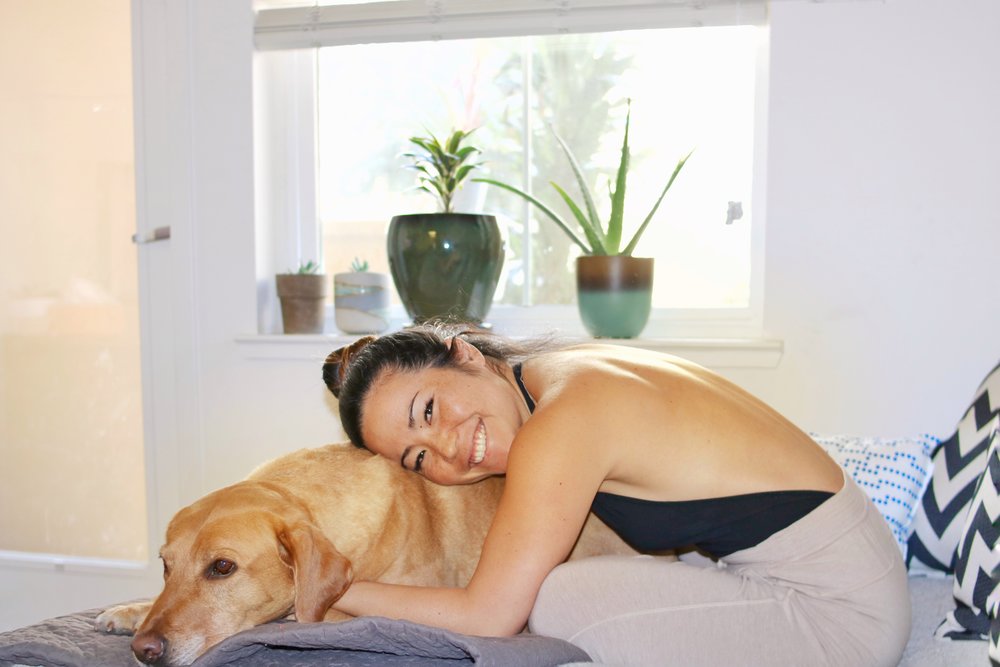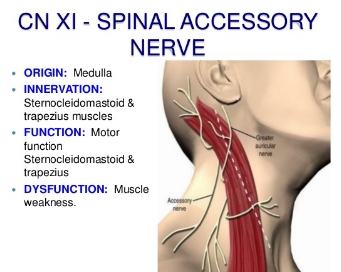Hey Ladies!
I felt it would be really beneficial to express the importance of letting your girls hang loose as often as you can and how going braless can significantly contribute to improved sleep, mobility, strength and digestion.

Take a moment to think about what bras you have that you tend to always wear, and which ones you think are cute, but you just don’t “like”. Continue reading below, as you may be onto something:
Wearing a bra, especially a very tight one, has the potential to lead to the following:
-
Interrupting your breathing mechanics: When our ribcage is restricted, from something like a bra, our bodies will reflexively resort to upper chest and trap breathing. It’s much more shallow, and shallow breathing has been proven to increase anxiety levels (think about it, less O2 to circulate through the body= less safety perceived by the brain= increase in HR= increase in anxiety/fear. Shallow breathing can cause an imbalance of the O2 and CO2 exchange, which can lead to feeling faint or weak.
-
Bra “touch points”: If we look at where most bras attach or crossover (“touch points”) we’re looking near the following:
-
T8-T9 of your thoracic spine (for the clasp in the back bras). A juncture that when restricted can cause reduced mobility and impact breathing mechanics, as mentioned above.
-
Upper Traps: Sports bras typically cross over the upper trap muscles. Ever notice that when you have a little “feedback” (ex. shoe laces tied too tight on one side you notice that foot more), you have an improved awareness and your brain naturally brings awareness to that spot? Well, if the bra strap crosses over the upper traps, where do you think your brain may tell you to breath? Yes, upper traps. Therefore we’re looking at shallow breaths being expressed in an elevation movement (think of every time you inhale you’re shoulders shrugg up. The tension in your upper traps increase and can result in more headaches).
-
Upper Traps: Additionally, the upper traps insert on the lateral third of the clavicle (collarbone). So imagine if your bra is pinning down your trap for your 8-10 hours out of the day. Unfortunately, that doesn’t lead to a lot of movement in the clavicle (note, the clavicle, should rotate as our shoulder moves, however, many of us can have a pinned down clavicle and 1st rib, making it appear as limited shoulder range of motion). We’ll express this in limited shoulder motion (flexion, extension, adduction, abduction).
-
Nerve impingement: Ever feel a pinching sensation, maybe nerve pain or even numbness in the arm? We’re then looking at the impact a bra that crosses over the shoulders can have on cranial nerve XI, the accessory nerve. Cranial Nerve XI innervates the SCM (sternocleidomastoid- the large thick muscle you see when you rotate to one side, then upwardly flex at the cervical spine) and the trapezius muscle. When “pinched” it can inhibit strength in the upper arm and even result in numbness. Numbness reduces the likelihood of having full integration of your muscles, therefore you won’t feel as strong.
3. Range of motion: When analyzing bra support. Yes, we want something that will keep them in place, but not hinder performance and especially range of motion. When a bra is too tight, or doesn’t fit our body type, you may notice bringing your arms overhead to feel restricted or “tight”. You struggle with overhead pressing, pull ups or simply reaching for the top shelf to grab a plate. However your limited range expresses itself, think about how your bra may be the reason why. Compensatory patterns increase your chances of injury!
4. Improved Digestion: When we breathe well (balance of O2 and CO2 exchange + deeper longer exhales), we may notice improved digestion or motility. If we have restricted breathing patterns due to a tight bra, we inhibit our bodies ability to “move things along”. Breathing can significantly improve the digestion process by giving our internal organs a nice little massage, through breath. For example, have you ever laid down after a long day and then just exhaled, only to then hear your tummy gurgle? That’s your stomach being stretched and then given a nice dosage of movement through your exhale.
5. Improved sleep: For those of you who wear bras at night, you may want to reconsider wearing one. Wearing a bra during the night, can interfere with your circadian rhythm! Think of your circadian rhythm as your sleep-wake cycle. When compromised the result is restlessness and then fatigue. A study in Japan completed in 2000, showed that women, who wore tighter bras for a 24 hour period, had a reduction in melatonin (sleep hormone). The reduction reduces sleep quality.

So, what can we do about it?
-
Declutter: Well first things first, get rid of any bras that intuitively you don’t like or even wear anymore. I have a few bras that “just don’t feel right” (probably due to the above text).
-
Get re-sized: Next, go and get sized! You may be wearing bras that just don’t fit your body well.
-
Night time: Try not wearing one to bed, who knows this may be one of the reasons you wake up feeling tired all the time.
-
Mobility: I attached below one of my favorite breathing mobility drills to do to improve posterior expansion and longer exhalations. Remember we want to be able to move the ribs, move the internal organs and reduce the likelihood of breathing into our traps.
Lastly, remember that bras are meant to support you, not restrict you.